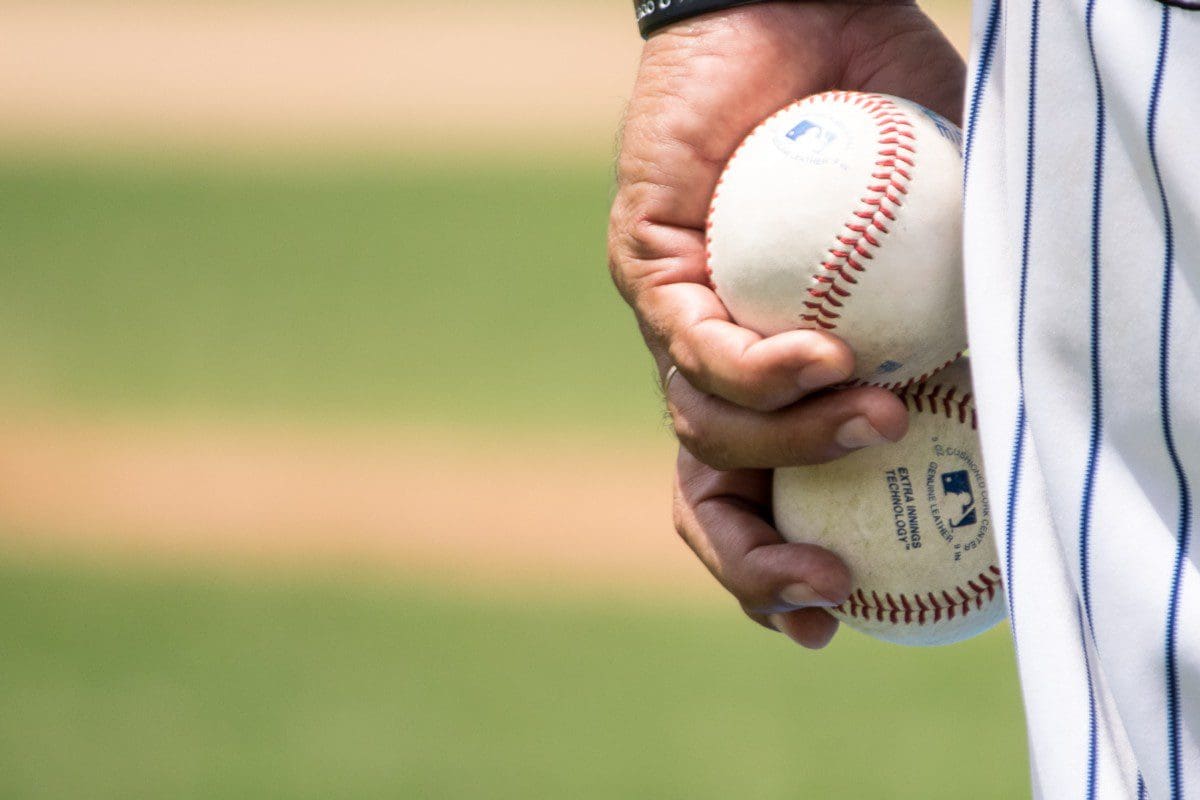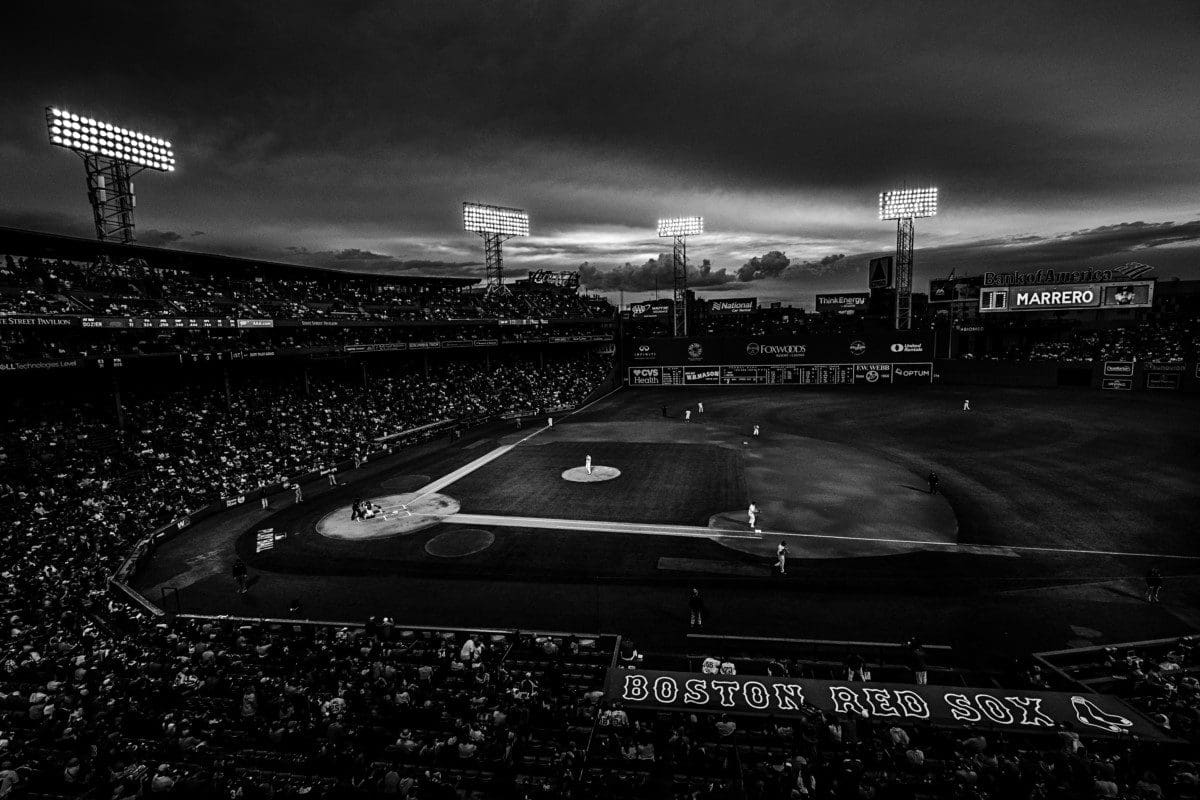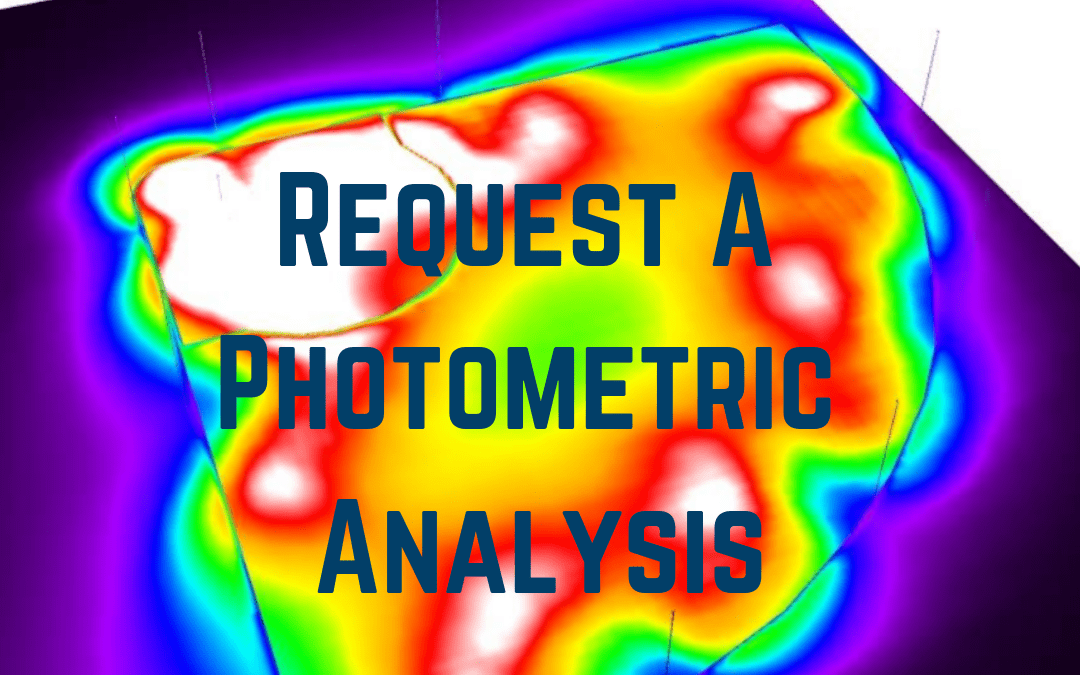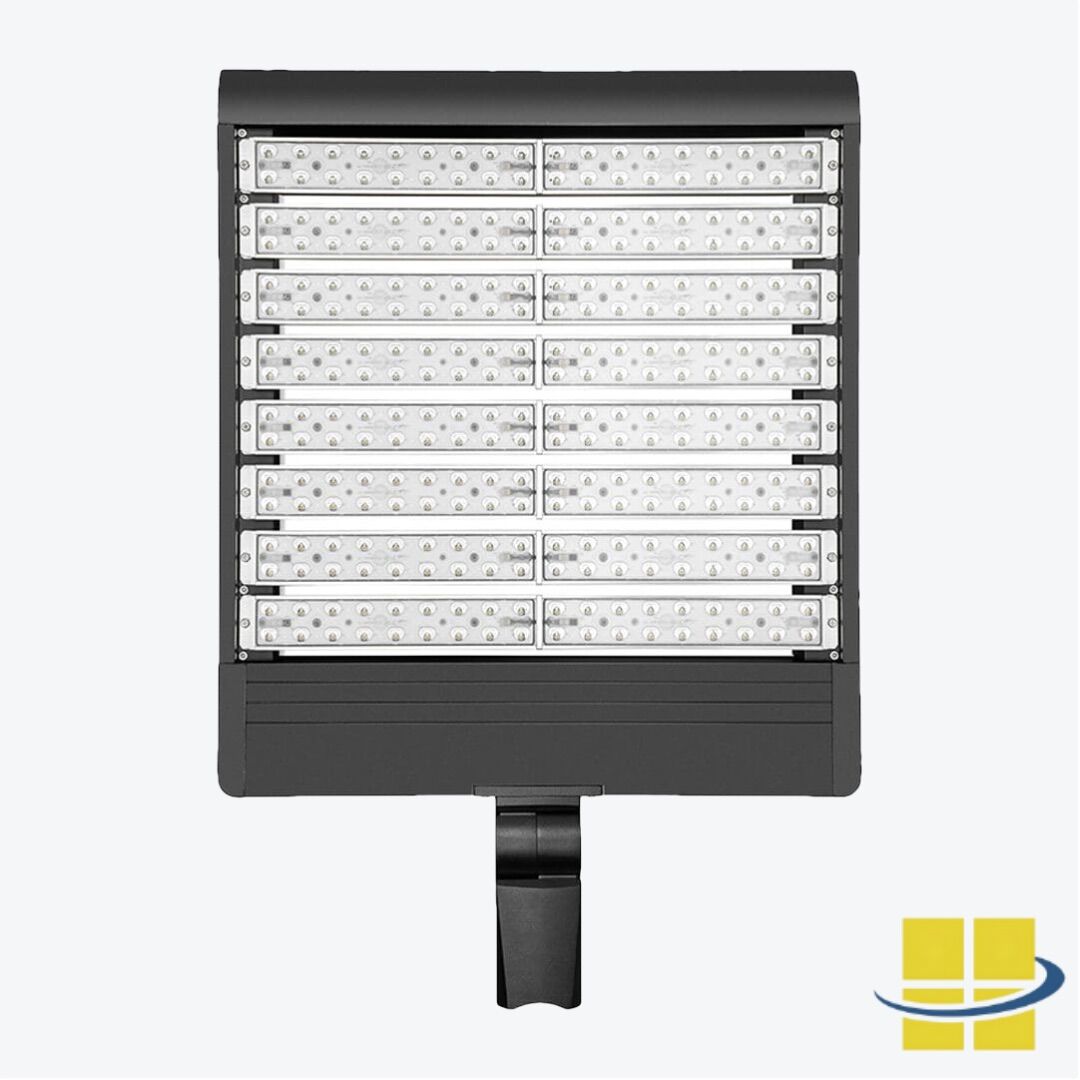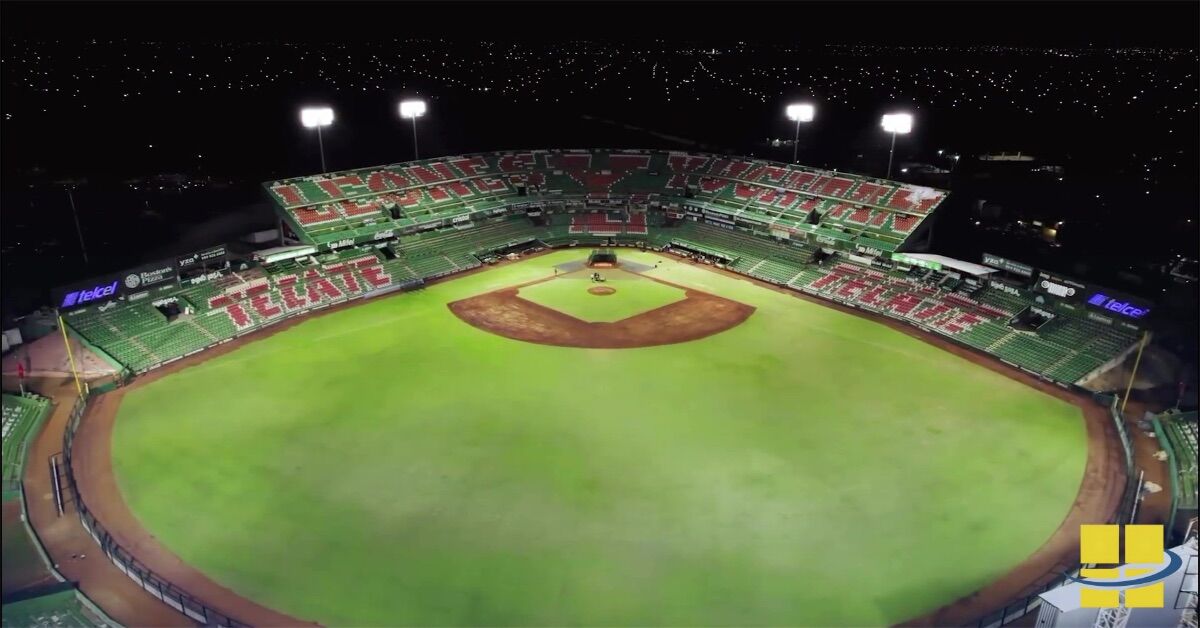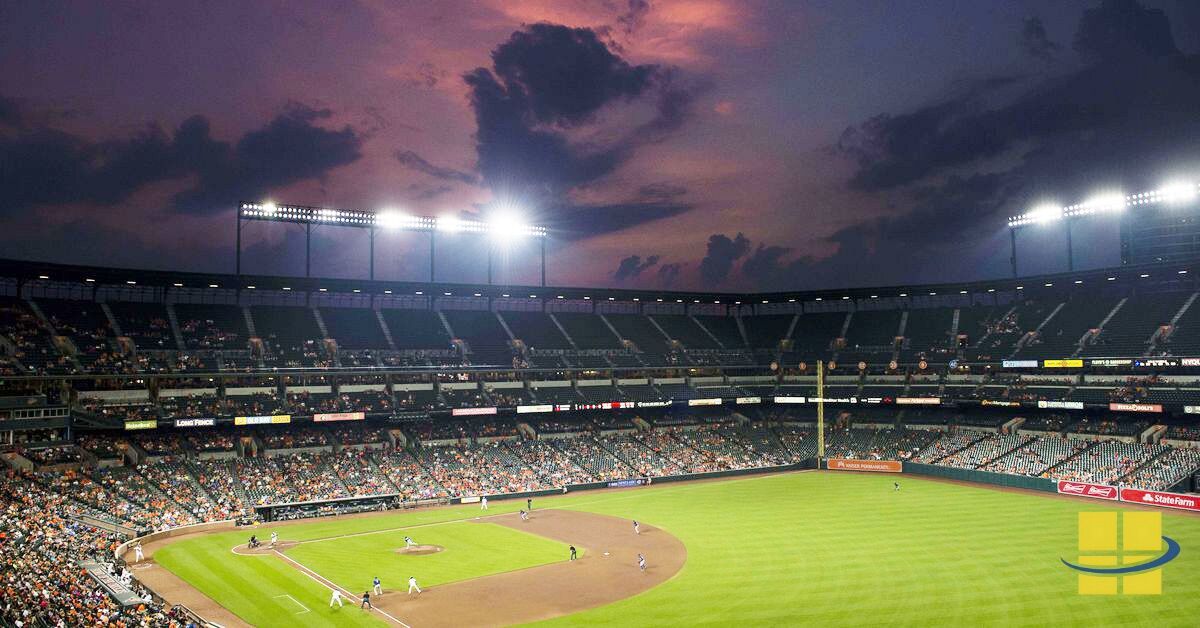Baseball Field Lighting – LED Solutions | Access Fixtures
LED Baseball Field Lighting, Simplified
Baseball is an iconic pastime — both fun to play and fun to watch. It is enjoyed by young and old at all different levels of competition and is beloved by millions and millions of people across the world. The construction of a baseball field is often a massive undertaking and requires careful planning in order to meet appropriate standards and dimensions. Lighting a baseball field is no different and requires custom solutions based on the size, location, and level of play on the field. Access Fixtures takes simplifying lighting solutions seriously. Lighting specialists are able to use photometric analyses and experiential knowledge to craft the perfect baseball field lighting solutions for any baseball field. Access Fixtures works with end users, property managers, corporations and businesses, municipalities, and departments to deliver the highest quality baseball field lighting that money can buy.
Advancements in lighting technology, particularly with LED systems, have significantly improved visibility during night games, enhancing the overall experience for players and audiences alike.
What is LED Baseball Field Lighting?
LED baseball field lighting refers to the use of light-emitting diode (LED) technology to illuminate baseball fields. Unlike traditional metal halide sports lights, LED lights are designed to provide high-quality, energy-efficient lighting that meets the specific needs of baseball fields. These advanced lighting solutions offer improved visibility, reduced glare, and lower maintenance requirements, making them an ideal choice for both amateur and professional baseball fields. By utilizing LED technology, baseball fields can achieve superior illumination, ensuring that players and spectators enjoy a better experience during games.
Benefits of LED Lights for Baseball Fields
LED lights offer several benefits for baseball fields, including:
-
Energy Efficiency: LED lights use up to 80% less energy than traditional metal halide or high-pressure sodium lamps, significantly reducing energy costs.
-
Long Lifespan: With a lifespan of over 200,000 hours, LED lights require less frequent maintenance and replacement, saving time and money.
-
High Brightness: LED lights emit a bright, uniform light that covers a wide area, ensuring that every corner of the field is well-lit.
-
Weather Resistance: Built to withstand harsh outdoor environments, LED lights are resistant to rain, wind, and dust, making them durable and reliable.
-
High CRI (Color Rendering Index): LED lights accurately render colors, making them ideal for broadcasting and filming sports events, and enhancing the viewing experience for fans.
Field Sizes and Lighting System Requirements
A World Series game will not require the same amount of footcandles as a Little League game — that much is obvious. Determining how many lumens are needed is crucial for ensuring adequate lighting. But cutting expenses can sometimes result in inadequate or just plain bad lighting. Sports involving smaller and faster-moving objects must be illuminated more intensely than sports such as soccer with larger objects that generally stay closer to the ground. Due to this, baseball usually requires higher levels of overall lighting than other sports regardless of level of play.
In terms of field sizing, baseball is unique in that there are standard sizes, but this depends entirely on the level of play. A little league baseball field will have very specific dimensions and these dimensions increase in size all the way up to college-level and higher. Field size determines how much light will be required, how many fixtures to use, and where to place the baseball field lighting poles. Another factor that can determine pole placement is whether or not there are seats or bleachers. All of this will need to be taken into account before Access Fixtures can create an appropriate lighting solution for a baseball field.
The chart below reflects common standards of lighting for baseball fields of different play tiers.
These guidelines have been gathered from several reliable online and print sources. Footcandle recommendations do vary slightly between sources, but this chart reflects the average of or the most commonly utilized guidelines in baseball lighting.
As you can see, infield footcandle levels must always be greater than outfield footcandle levels. This is because most of the direct action and gameplay of baseball takes place between the batter and the pitcher, where visibility must be paramount. Even for recreational-level baseball fields, this lighting regulation must be taken into account.
Max/min ratios are also dependent on the part of the field. A max/min ratio is the average between the maximum amount of horizontal footcandles on a surface and the lowest amount of horizontal footcandles on that same surface. The purpose of the max/min ratio in sports lighting is to determine if there are hot spots, areas of glare, or areas of shadow on a field or surface. A max/min ratio of under 3 is generally considered to be even lighting, whereas a max/min ratio over 3 can indicate spotty areas of light. In baseball lighting, a max/min ratio of 2 is considered acceptable within the infield at any level of play and 2.5 is considered ideal for the outfield.
Designing an Effective LED Baseball Field Lighting System
Designing an effective LED baseball field lighting system requires careful consideration of several factors, including:
- Lighting Requirements: Determine the amount of light needed to provide adequate illumination for the field, taking into account the level of play, field size, and type of lighting system used.
- Pole Height and Placement: The height and placement of light poles are crucial to ensure even lighting distribution and minimize glare. Properly positioned poles help achieve uniform lighting across the field.
- Fixture Selection: Choose the right LED light fixtures to meet the specific needs of the field, including wattage, lumen output, and beam angle. Selecting the appropriate fixtures ensures optimal performance and energy efficiency.
- Control Systems: Install control systems to manage lighting levels, including dimming and scheduling capabilities. These systems allow for flexibility and can help reduce energy consumption by adjusting lighting based on usage.
APTA: The Best Baseball Field Lighting Fixture
Access Fixtures’ APTA sports lighter is the best option to light any baseball field from Little League fields to collegiate-level play.
The APTA is an energy-efficient luminaire that emits 125+ luminaire lumens per watt. It is available in multiple wattages and different combinations of these wattages may be used to create a perfectly even lighting layout for a baseball field. In terms of longevity, these LED fixtures knock metal halide sports lighters out of the park. APTA fixtures are L70 rated at over 200,000 hours, compared with metal halide’s 15,000 hours. Sports lighting can be a challenge to replace, it APTA luminaires feature custom optics, finish, and color temperature.
APTA fixtures are IP67 rated, making them submersible, dustproof, corrosion-proof, and bug-proof. Their modular design means that if one module breaks, the others will still continue to function. This design also makes them incredibly easy to replace. APTA fixtures are guaranteed with an Access Fixtures warranty for five years after the purchase date.
The APTA fixtures can be mounted in several different ways on different pole styles. Access Fixtures carries steel, aluminum, and fiberglass poles with a large assortment of mounting options. Mounting equipment and hardware are included with any purchase of a baseball field lighting solution. Depending on the location, customer preference, and amount of fixtures, one might choose one type of pole over another. Generally, questions of design are up to the customer’s discretion. Please note that baseball field lighting should only be installed by a licensed electrician!
LED Baseball Field Lighting Installation and Maintenance
Installing and maintaining an LED baseball field lighting system requires specialized expertise. It’s essential to work with a qualified lighting professional to ensure that the system is installed correctly and meets the necessary safety and performance standards. Proper installation is critical to achieving the desired lighting effects and ensuring the longevity of the system. Regular maintenance is also crucial to ensure the system’s performance remains optimal. This includes routine inspections, cleaning, and timely replacement of any faulty components. By investing in professional installation and maintenance, you can maximize the benefits of your LED baseball field lighting system.
LED Baseball Field Lighting Costs and Funding
The cost of an LED baseball field lighting system can vary widely, depending on the size of the field, lighting requirements, and type of fixtures used. However, LED lights offer significant long-term cost savings due to their energy efficiency and extended lifespan. While the initial investment may be higher compared to traditional lighting systems, the reduced energy consumption and lower maintenance costs make LED lighting a cost-effective solution in the long run. Additionally, there are various funding options available for LED baseball field lighting systems, including grants, sponsorships, and financing programs. Exploring these options can help offset the initial costs and make the transition to LED lighting more affordable. Working with a qualified lighting professional can help you determine the best solution for your specific needs and budget, ensuring that your baseball field is equipped with the best possible lighting system.
Conclusion
Baseball field lighting just became more convenient than ever. Any baseball field, no matter the level of play, can be lit with long-lasting and efficient LED fixtures. The fastest way to obtain lighting for your baseball field is to request a photometric analysis from Access Fixtures. A photometric analysis will take all the factors of your baseball field into account and generate a computerized report of the lighting on your field with the best available optics and luminaires. This will provide the most accurate and even lighting for your project. Feel free to ask our lighting specialists any questions you may have regarding your baseball field project or any other project.



